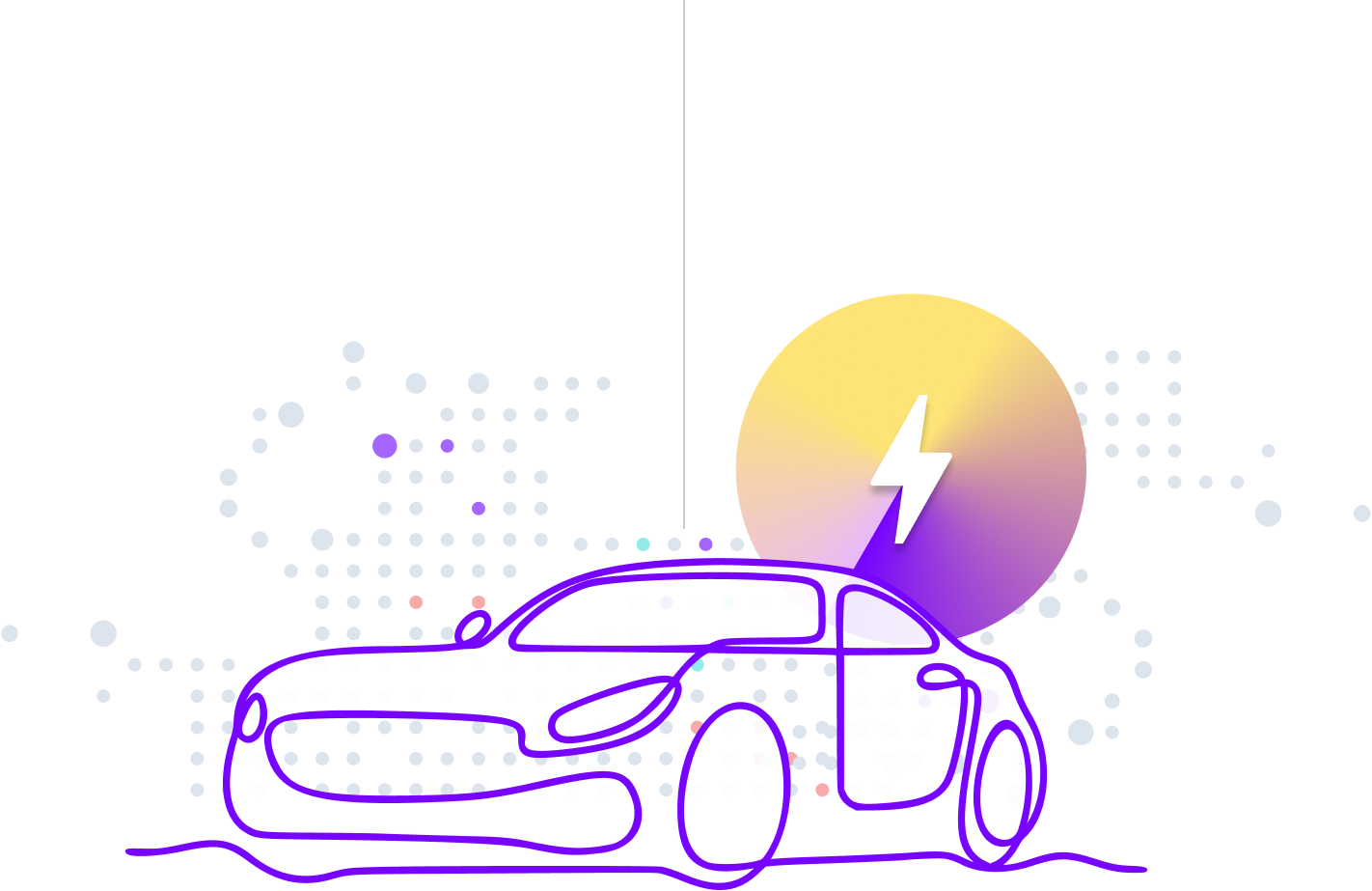
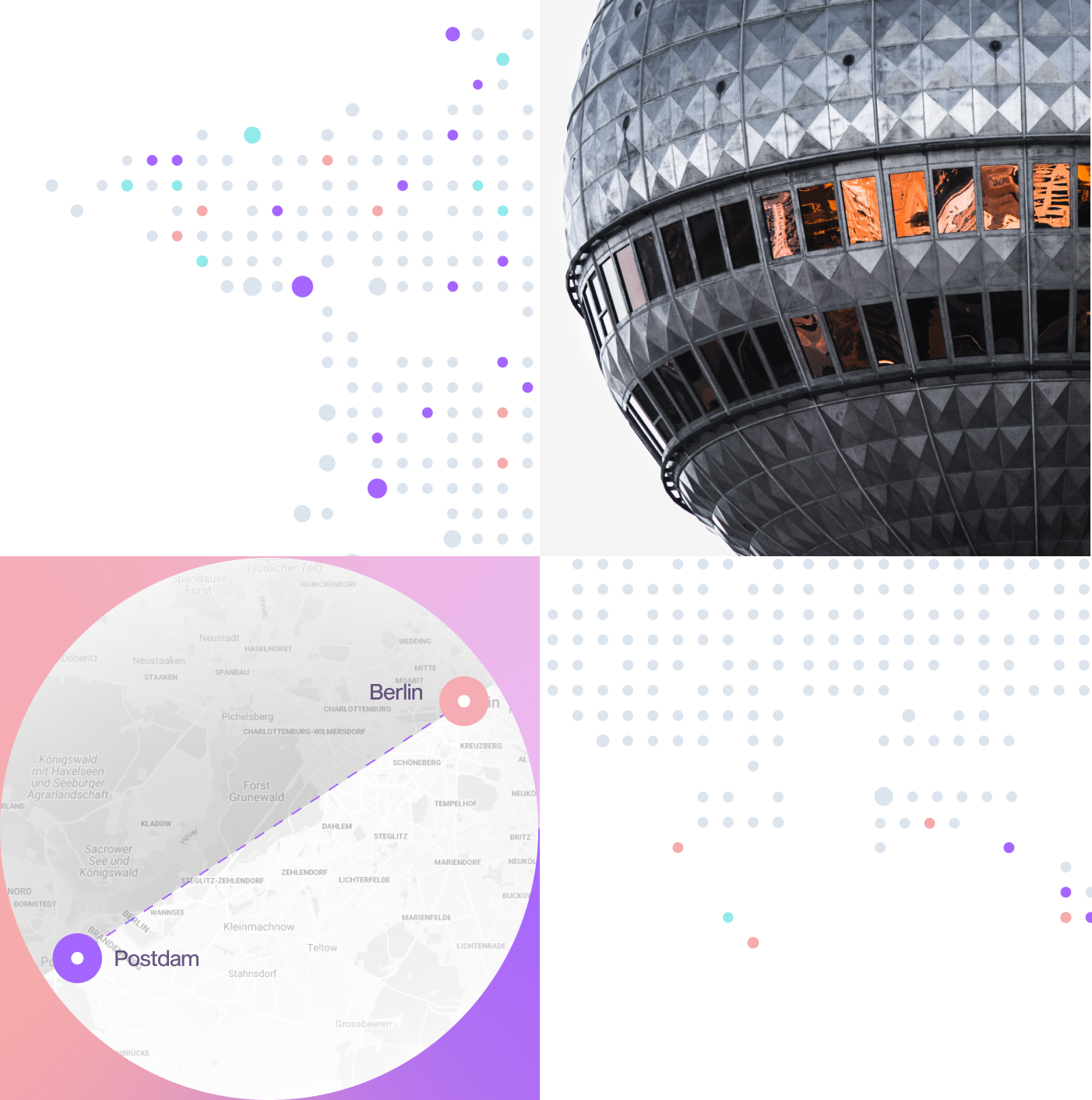
I care about sustainability
so I have solar panels on my roof and an electric-vehicle.
Sustainable
Renewable
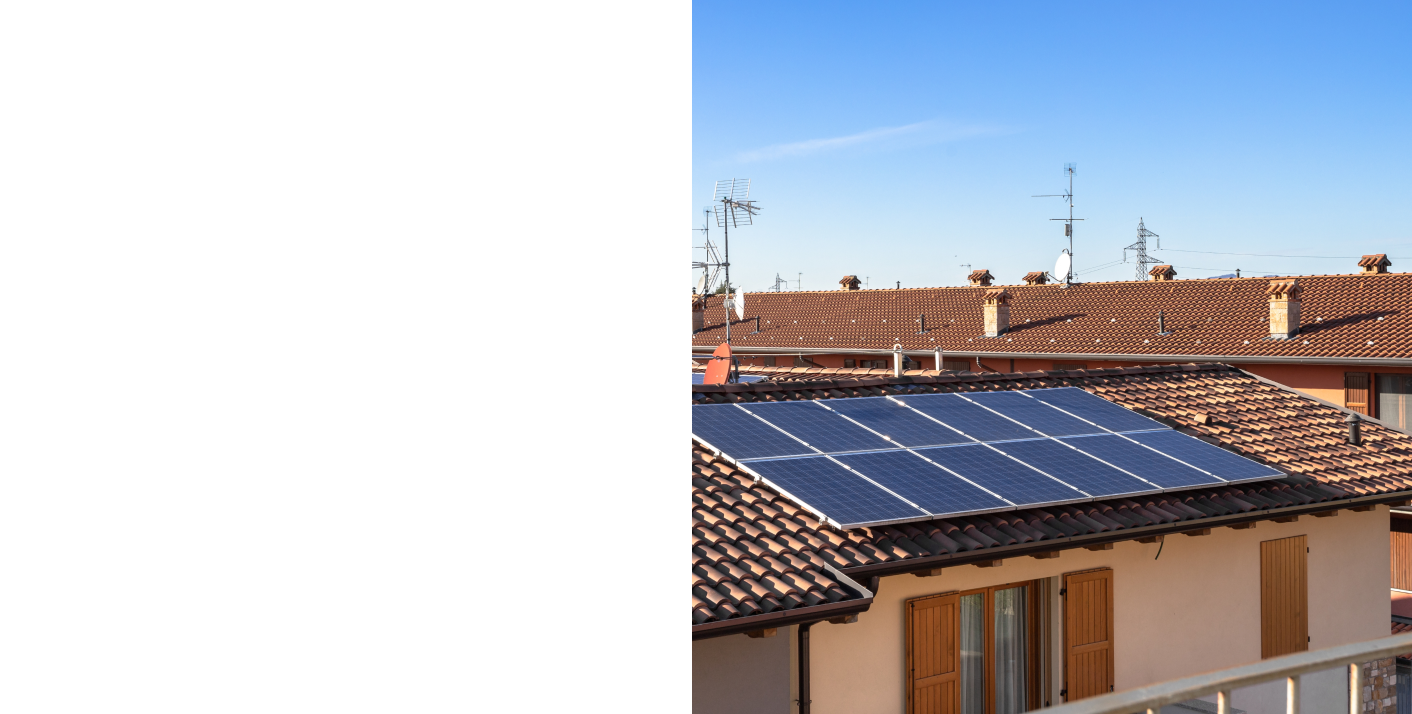

Even if I’m just 35 Km away from Berlin, the capital is in its own region, so every time I travel to the city I find a different charging operator for my EV that has different rates and conditions from my home.
Now that the Elia E-Mobility project has been launched

01. Fast Travelling
Easy and Convenient
I can keep my green charging contract wherever I go in Germany. No more hussle, no more uncertainty at the charging point, no more hidden fees. Wherever I go, my account is already trusted and I get the same fee that I get at home.
02. Sustainable
EV Roaming Simplified
In the near future I will be able to travel to other countries with my electric vehicle (Poland is just around the corner) and I can still use the energy from my own solar panels at home to charge my car abroad.
The wonders of interconnected energy!
03. Earning Money
Opportunity
Soon I’ll also start to earn money from my EV if I charge it when there are extra renewables on the grid or when my utility needs energy stored in the battery.
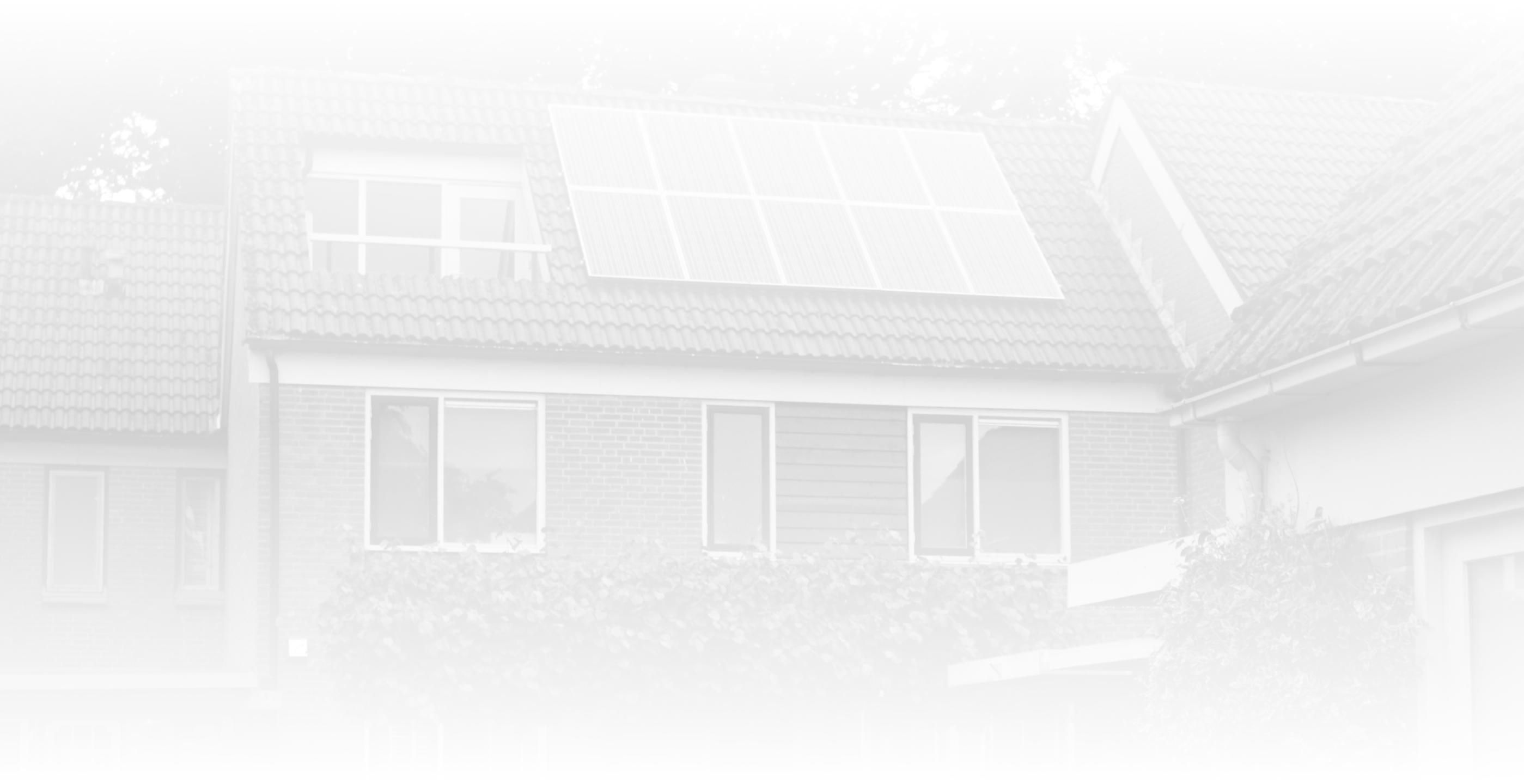
With the E-Moblity Dashboard we can offer our clients simple and straightforward solutions that provide credible and verifiable data, because every asset...

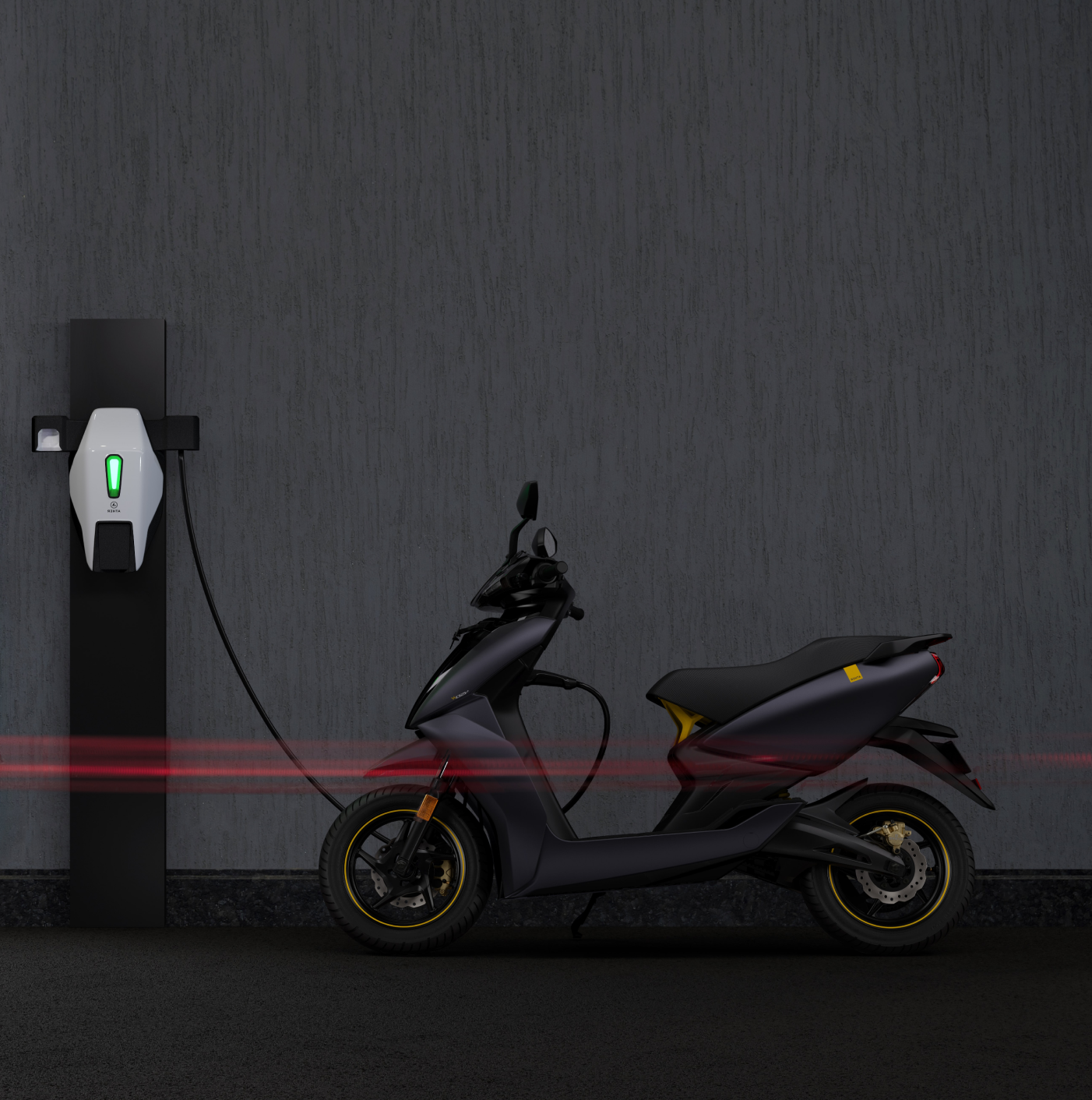
... whether an EV, a solar panel on the roof of Robert’s house, all charging points and more DERs, ...
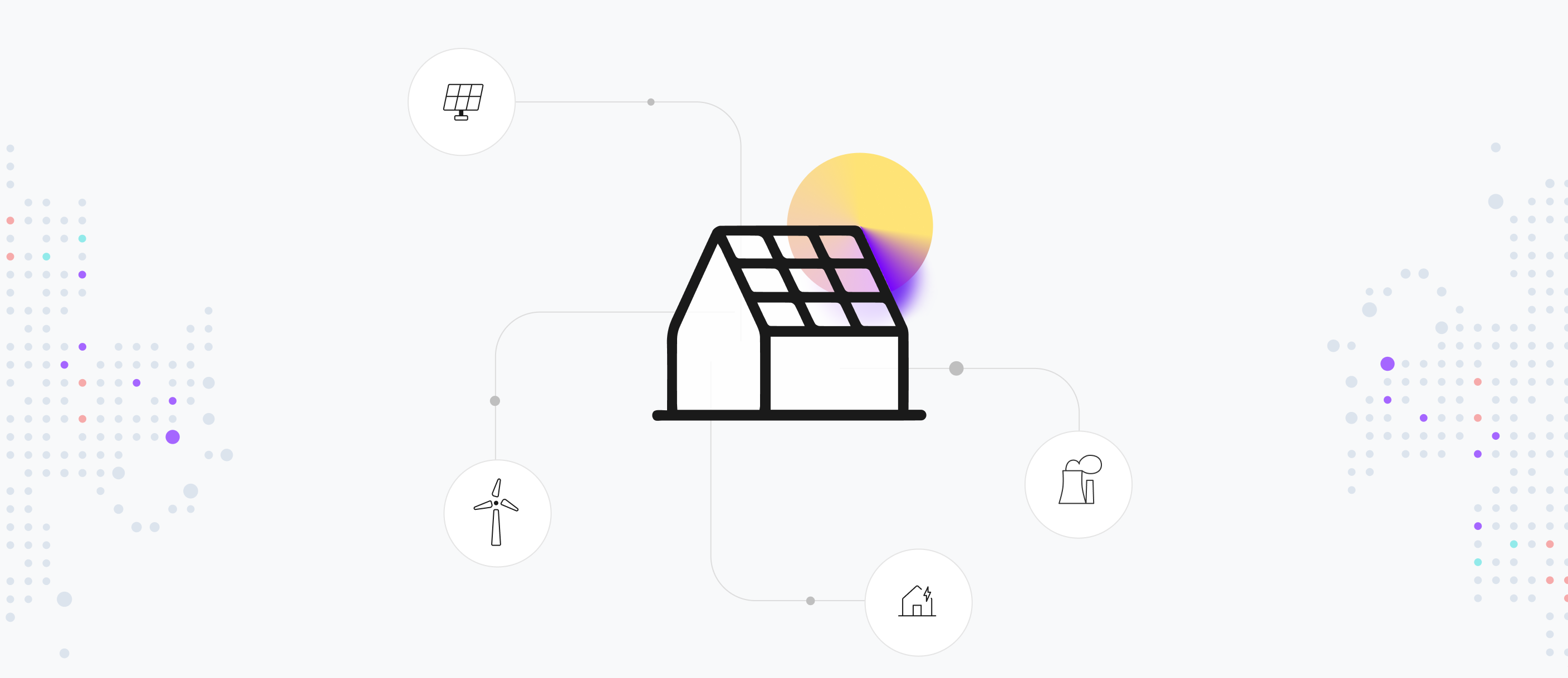
Which allows different market participants
to trust the underlying assets
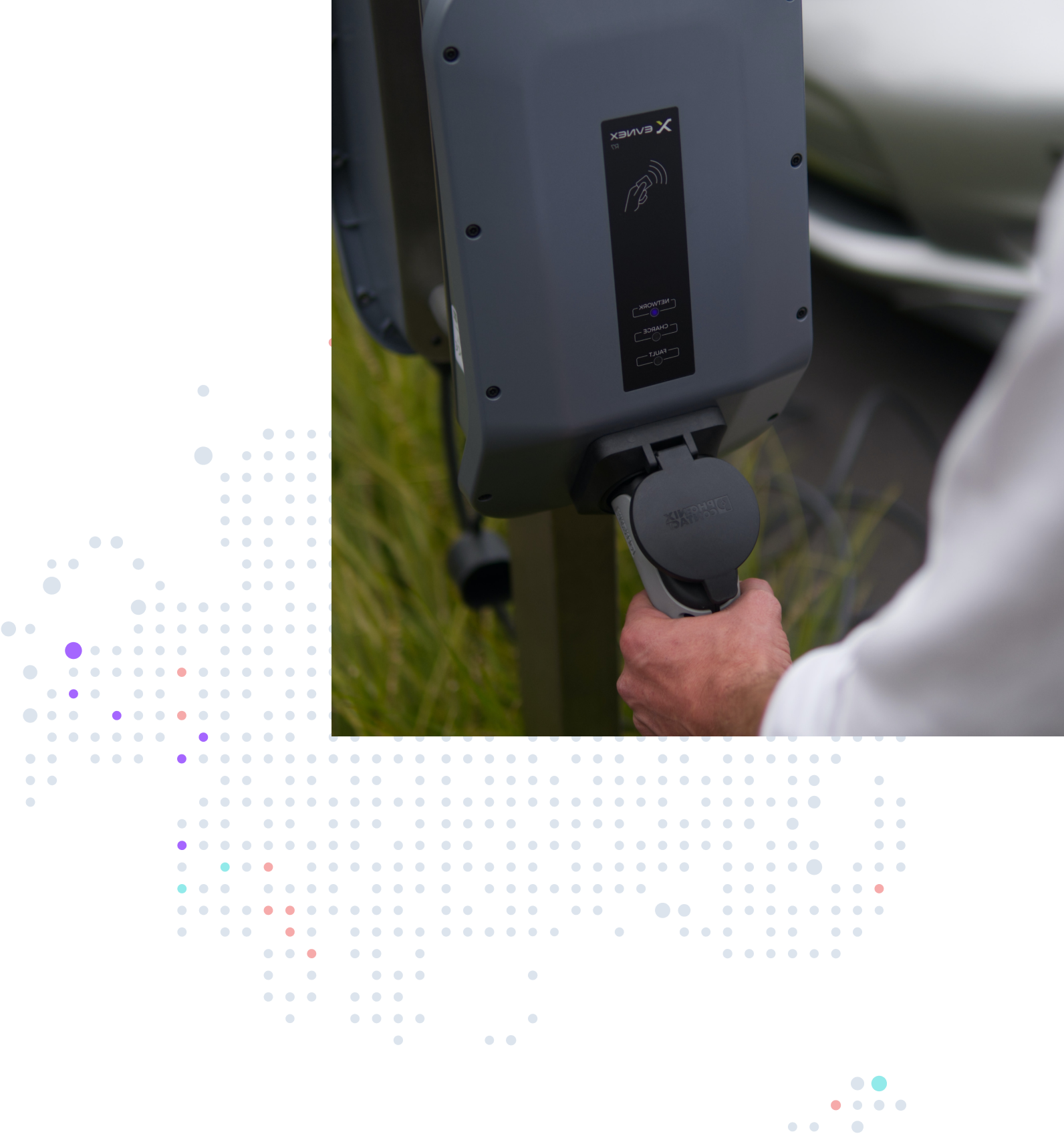
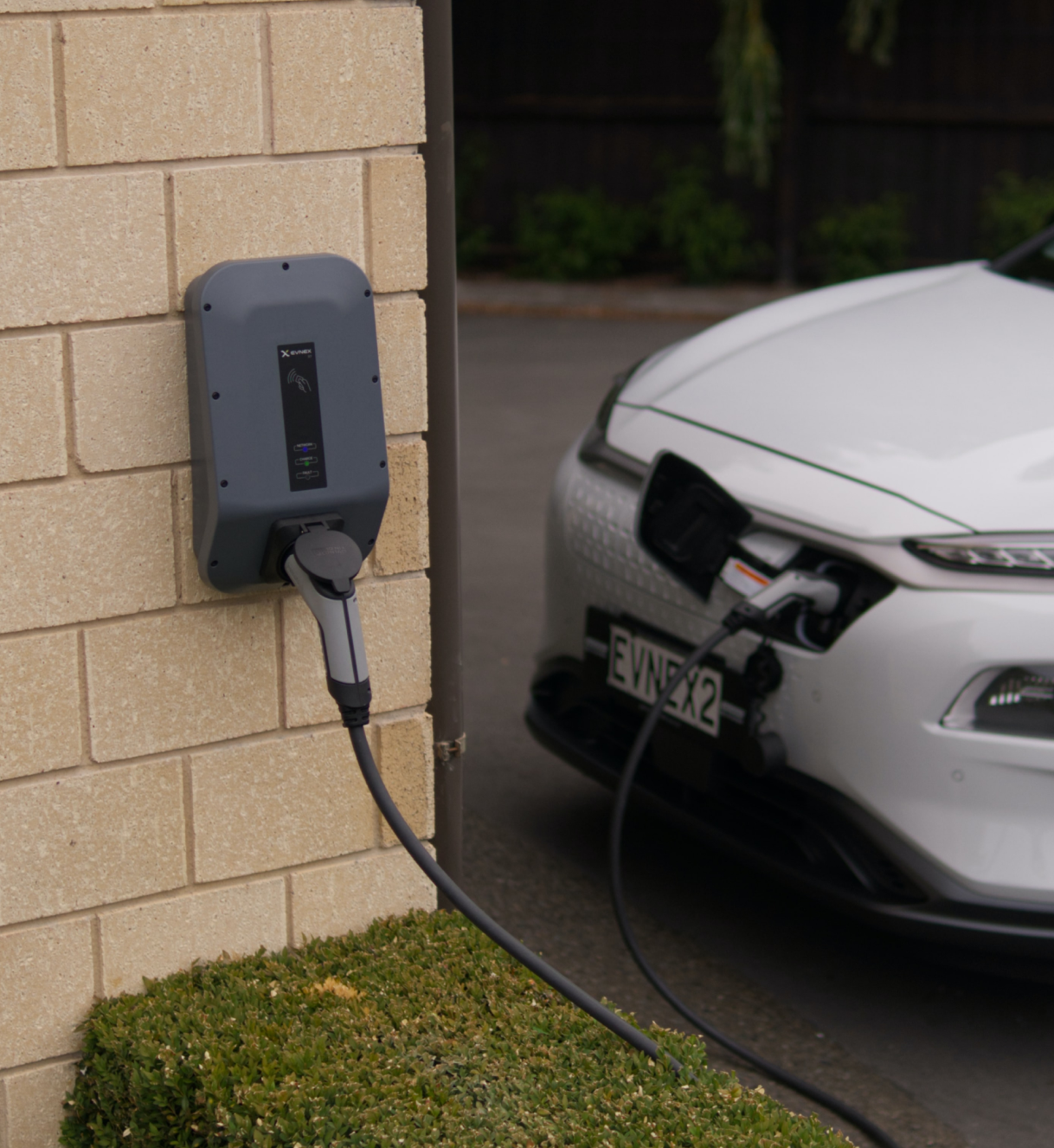
By aggregating the DER supply, we and other charging point operators can also apply...
...economies of scale and negotiate better prices for ourselves and for our clients.
Instead of buying or renting batteries and other assets…
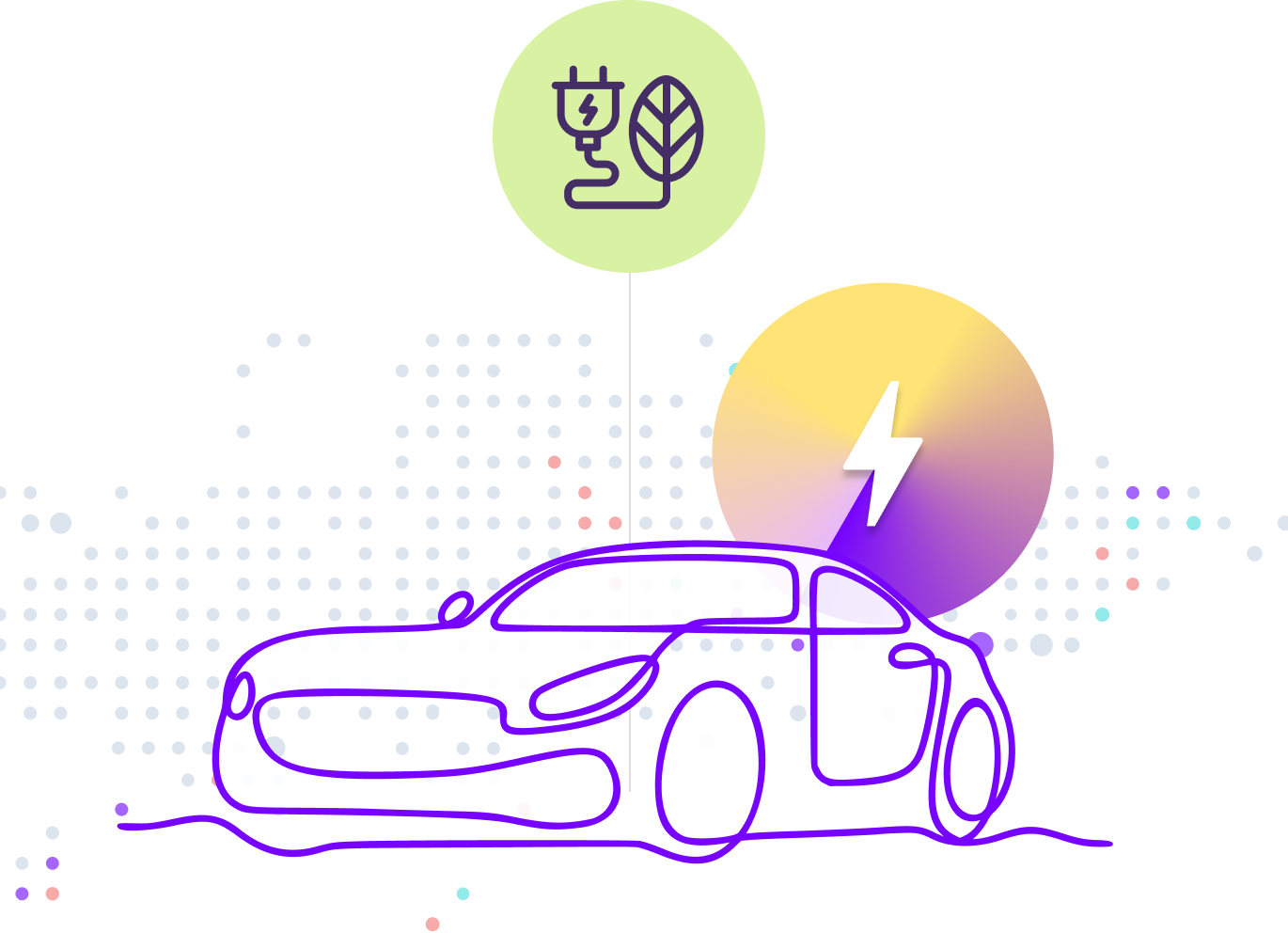
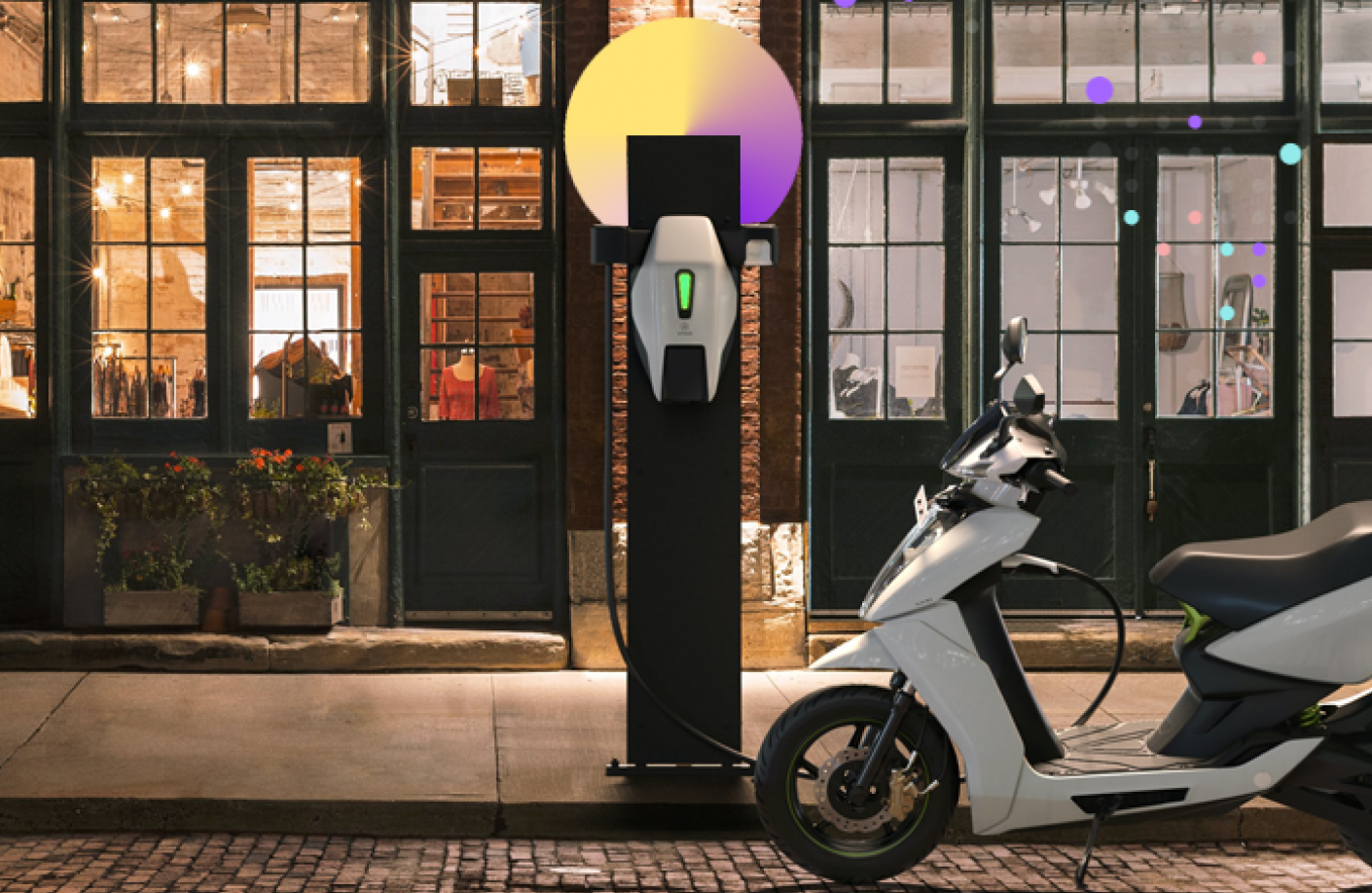
...we can simply tap into a network of almost half a million electric-vehicles that already exist distributed across the country to do the same thing. With the E-Mobility Dashboard, we can ask these cars to charge at a certain rate or release energy when we need it to balance the grid
By charging cars when there is oversupply of electricity from renewables, we reduce the need for EVs to charge when the grid is congested or being primarily powered by fossil fuel-based power plants.
This ultimately helps to decarbonize the grid faster
and through economic incentives, stimulates the demand and ultimate growth of the electric mobility industry.

space line
space line
Because it offers
A more resilient distributed ledger to anchor identities making multiple siloed IT systems interoperable
where all data can be automatically trusted by all market players
where the DID model ensures strict observation of GDPR and privacy laws, reducing regulatory risk
that is also cheaper and faster to implement than any other solution we could come up with
And that by its very nature of decentralized technology enables permissionless innovation and simplifies access to the market for any new business

for a rapidly increasing number of vehicles, charge points, and users…
for now in Germany and Belgium, but with the potential to expand to the whole world.


Digital identities are securely anchored to the Energy Web Chain and used as a starting point for any E-Mobility event including charging, discharging, paying, getting paid, or communicating with grid operators.
Interactions between E-Mobility assets, users, and organizations are powered by the Utility Layer of the Energy Web stack—itself secured via staked tokens from the Energy Web Community.



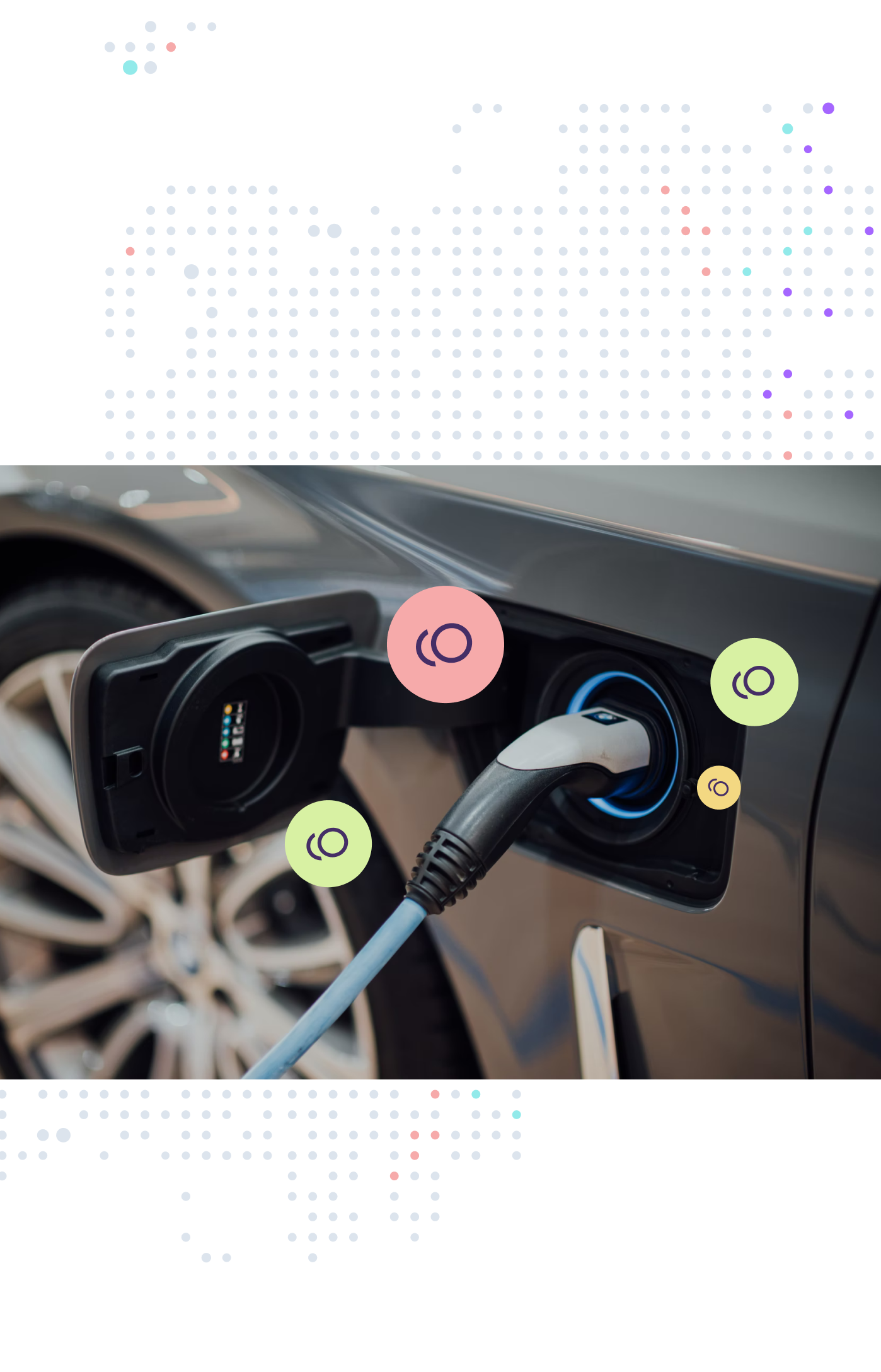
Drivers
By paying them to charge or not charge at specific times of day.
Electric Mobility Industry
Increasing the value of electric vehicle ownership
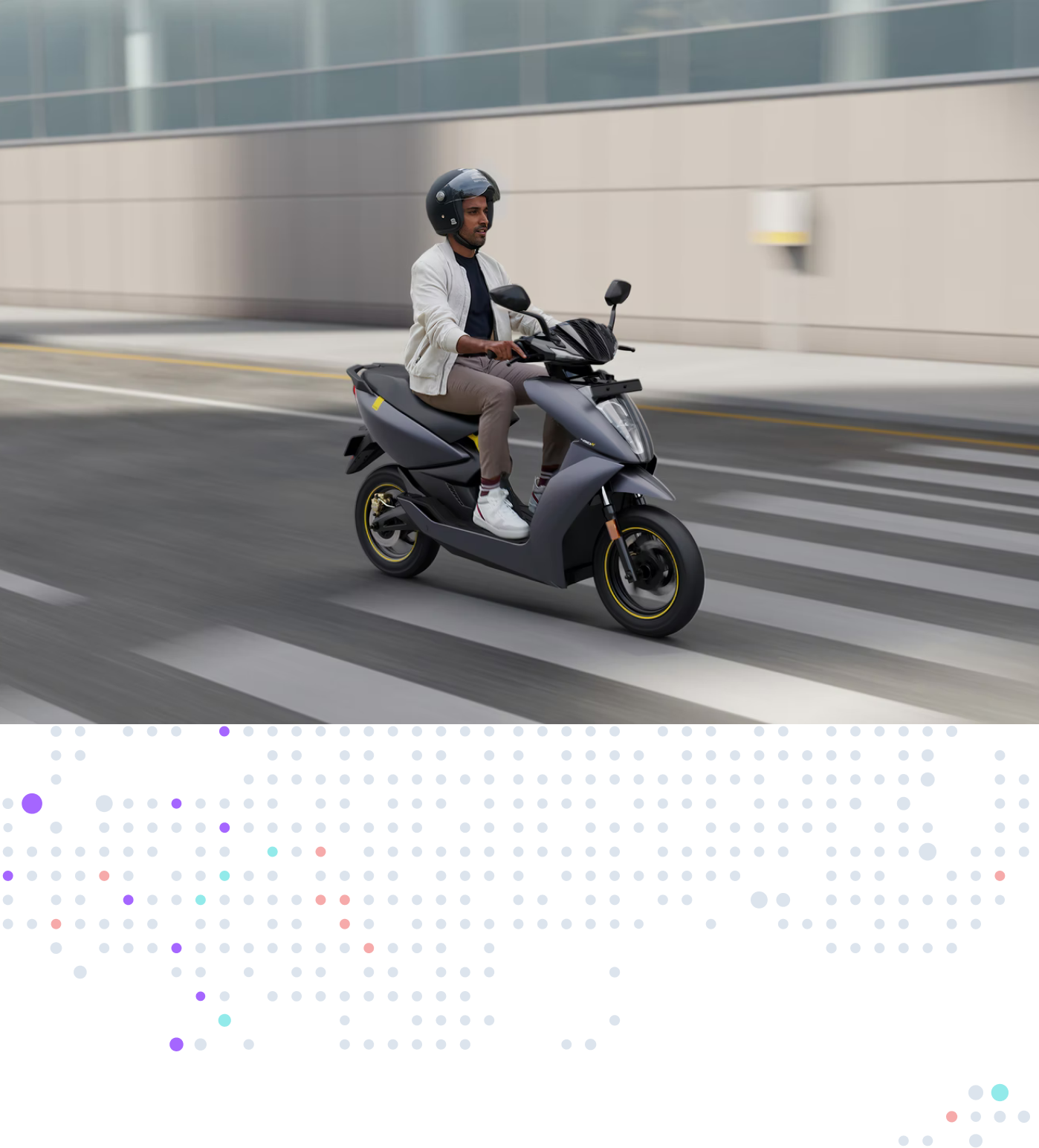

Grid operators
Giving utilities the ability to communicate in near real-time with electric vehicles.


In this sense
the E-Mobility dashboard can act as a Supercharger for the global electric mobility industry.

Keep scrolling for next chapter





